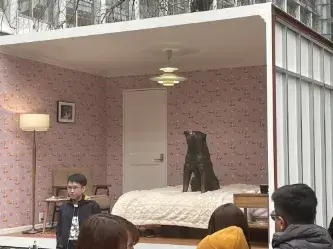
Japanese History | Japan Guide
Please refer these pages, not only Japanese history, but also Japanese modern art and architecture.
-

Hachiko: The Faithful Dog Who Captured the World’s Heart
Meet Hachiko, the faithful Akita dog whose unwavering loyalty made him a national symbol. Learn the touching true story behind Shibuya’s most popular meeting spot and why this remarkable dog continues to inspire millions of visitors from around the world.
-
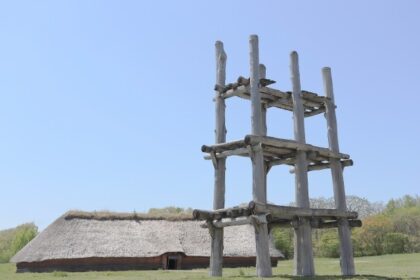
Jomon Period | The Beginning of Japanese History
The Jomon Period is the first-named period in Japanese history, and it was 70,000 – 10,000 years ago. Let’s learn what the period was like and where you can see related ruins and exhibitions.
-

Japanese History : A Short and Simple Overview
Have you always wanted to understand Japanese history in a nutshell? Here is a handy, short overview of Japanese history from 14,000 BC to the modern time!
-
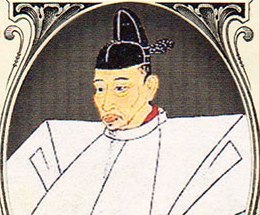
The great Toyotomi Hideyoshi who unified Japan
Toyotomi Hideyoshi was the second warlord who tried to unify Japan after the long warring states period ended in the late 16th century. Let’s learn more about his successes and failures.
-

Oda Nobunaga | Achieved the Unification of Japan
Oda Nobunaga was the first warlord who tried to unify Japan after the long Warring States Period in the late 16th century. Though he was cruel, people love his leadership. Let’s learn more about his unique biography.
-
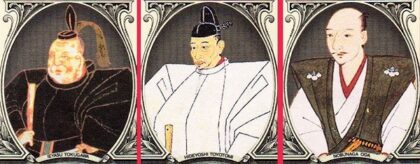
Warlords of the Warring States Period in Japan
The Warring States Period (15th to 16th century) was an exciting time in Japanese history. Military rulers were replaced one after another until shogun Tokugawa Ieyasu unified Japan. Let’s learn more about this period!
-
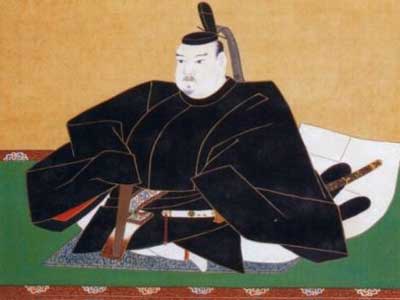
Tokugawa Iemitsu created an era of peace
The third shogun of the Edo period had an interesting life. What made him the way he was? And what happened to Japan during his reign?
-
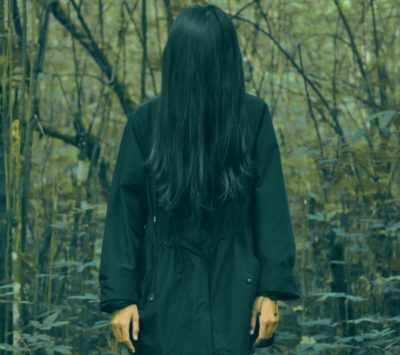
Japanese Ghost Stories that are both Scary and Funny
Let us share 5 ghost stories from Japan that will chill you… If you want more of this, we also organize tours that focus on stories about the ghosts and ghouls of Japan.
-
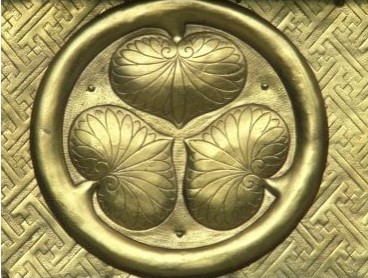
The First Tokugawa Shogun
Learn more about one of the most important people in Japanese history, the first Tokugawa shogun. One of our history expert guides summarizes the life of Tokugawa Ieyasu.
-
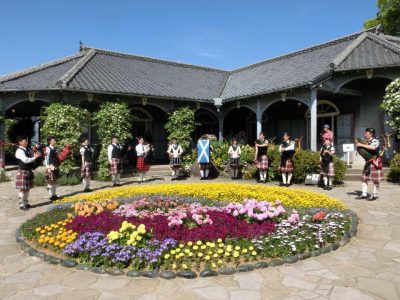
Prewar Modern Architecture in Japan | Beautiful architecture with a blend of Japanese and Western styles
Japan went through a period of rapid westernization and modernization between the late 19th and early 20th centuries. The architecture of that time is one of the most visible inheritances of the Meiji era.
-
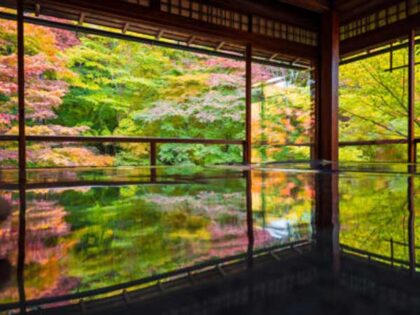
Very beautiful and Traditional Japanese Architecture in Kyoto
Learn about the history of Japanese architecture, and let us give you an itinerary for Kyoto that will take you through Japan’s architectural history from the 6th century until the late 19th century.
-
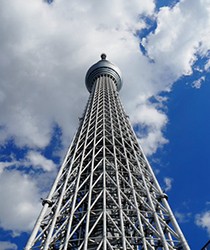
Beautiful and Fascinating Contemporary Architecture in Tokyo
Learn more about 7 treasures of post-war Japanese architecture in Tokyo!
-
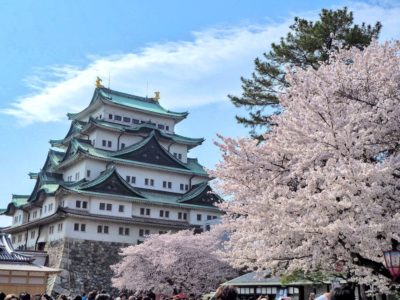
Beautiful Castles in Japan
Japanese castles have developed over many centuries, and have their own original style compared to European castles. Let us give you an overview of the history of Japanese castles.
-

Happy National Foundation Day in Japan
February 11th is National Foundation Day, a national holiday for Japanese people to remind themselves of the nation’s founding and foster their love for the nation.
-
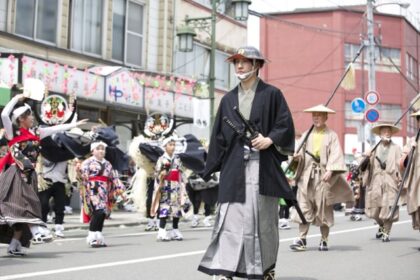
The Identity of Samurai and Shoguns in Japan’s Closed State
During the Edo period from 1603-1868, society was divided strictly into social classes, not unlike the caste system in India. The country was ruled by a shogun, who was the highest up in the military of that time.
-
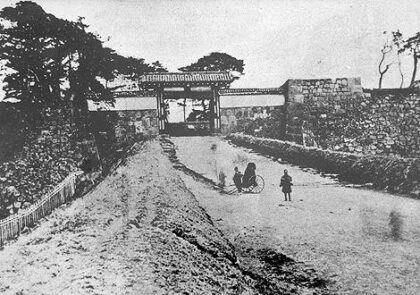
The Meiji Restoration in Japan
The turning point for the city of Edo, actually for all of Japan, was the arrival of Commodore Matthew Perry’s Black Ships at Edo-wan (now known as Tokyo Bay) in 1853. Perry’s US Navy expedition demanded that Japan open itself to foreign trade.
-
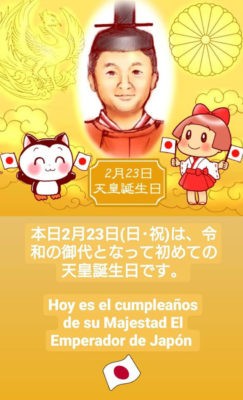
Happy Emperor ‘s Birthday in Japan
The Emperor’s Birthday is a public holiday in Japan. Known as ‘Tennou Tanjobi’, this holiday is celebrated on the birthday of the current Emperor.
-
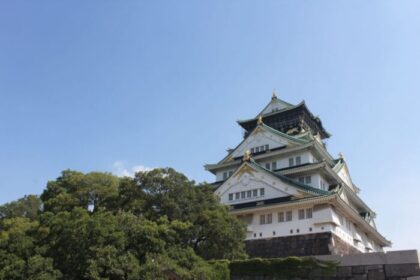
History of Port City Osaka Rich in Diversity
Osaka has a long history, during which the area has always served as a place where traders from all over Asia and later the world are intermingling with Japanese people.
-
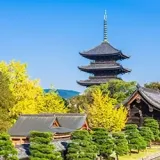
The History of Kyoto / Japan’s Former Capital
Kyoto’s history is a long one, it all started in the 8th century. The city was built as the capital of Japan in that time and was home to the Imperial Court until 1868 when it moved to Tokyo
-
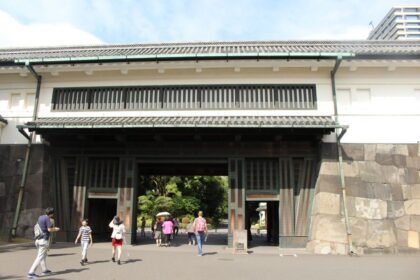
History of Tokyo as a Metropolis | Travel Guide
What became today’s largest metropole in the world started out as a small town in the 13th century and became a small castle town in the 15th century. Then the feudal lords started fighting out a war that would change the course of Edo’s history forever.